The Samsung Galaxy Note5 and Galaxy S6 edge+ Review
by Joshua Ho on October 2, 2015 8:00 AM ESTCamera Architecture
With any camera, it’s important to start by looking at the basic hardware before moving on to aspects like image processing quality and tertiary factors like the camera UI and camera latency. In the case of the Galaxy Note5, the same camera modules from the Galaxy S6 are used in the Galaxy Note5, so those looking for an in-depth explanation of various features can look towards our Galaxy S6 review to learn more. I’ve included the high level summary in the table below.
| Samsung Galaxy Note Cameras | ||||
| Samsung Galaxy Note 4 | Samsung Galaxy Note5 Samsung Galaxy S6 edge+ |
|||
| Front Camera | 3.7MP | 5.0MP | ||
| Front Camera - Sensor | S5K6D1YX (1.12µm, 1/5.4") |
Samsung S5K4E6 (1.34 µm, 1/4.1") |
||
| Front Camera - Focal Length | 1.6mm (22mm eff) | 2.2mm (22mm eff) | ||
| Front Camera - Max Aperture | F/1.9 | F/1.9 | ||
| Rear Camera | 16MP | 16MP | ||
| Rear Camera - Sensor | Sony IMX240 Samsung S5K2P2 (1.12 µm, 1/2.6") |
Sony IMX240 Samsung S5K2P2 (1.12 µm, 1/2.6") |
||
| Rear Camera - Focal Length | 4.8mm (31mm eff) | 4.3mm (28mm eff) | ||
| Rear Camera - Max Aperture | F/2.2 | F/1.9 | ||
As with the Galaxy S6, the sensor will either be a Sony IMX240 or Samsung S5K2P2 ISOCELL sensor, which are effectively interchangeable. Optics remain the same as well. In essence, the primary difference between the Galaxy Note5 and Galaxy S6 in camera will be due to changes in image processing and tweaks in other parts of the chain.
Camera UX
For the most part, the camera UI of the Note5 is shared with the Galaxy S6. In the interest of keeping things relatively short this time around I would strongly advise referring to the Galaxy S6 review for more information on the camera UI. For those that are unfamiliar with the camera, the auto mode is pretty relatively standard, with pretty much all of the necessary controls available on the left side of the phone in auto mode, and more extensive settings hidden behind the gear icon on the bottom left. The shutter and record buttons are easily accessed on the right side of the UI, as is the mode setting which contains things like manual mode and slow motion video.
The biggest change for the Note5 appears to be the addition of extra controls to the manual mode along with RAW capture. The manual mode has a minimum shutter speed of 1/24,000 seconds, and an upper bound of 10 seconds so the range is more than enough for anything you’d want to do. It appears that the white balance mode also has the ability to fine-tune the white balance now along with a number of presets, which is great news for those that really care about manual camera controls.
RAW capture is also enabled and appears to properly compensate for various lens and sensor distortions, but I noticed that for whatever reason deleting the photo associated with a RAW in the gallery doesn’t also delete the RAW photo, so if you want to delete a RAW you have to go into a file browser to delete the leftover file by hand. I noticed this behavior immediately after receiving the review unit and it still hasn’t been fixed, so I’m guessing that it won’t be resolved until an OTA update or two from now.
Other than this, we ran our standard capture latency tests for the Note5. For those unfamiliar with these tests, in essence we’re looking at the ideal case focus and capture latency when using an ISO chart and a strong studio light. This allows for shutter speeds to remain above 1/30 seconds in general and also a high contrast target to make sure that the contrast AF algorithm doesn’t fail.
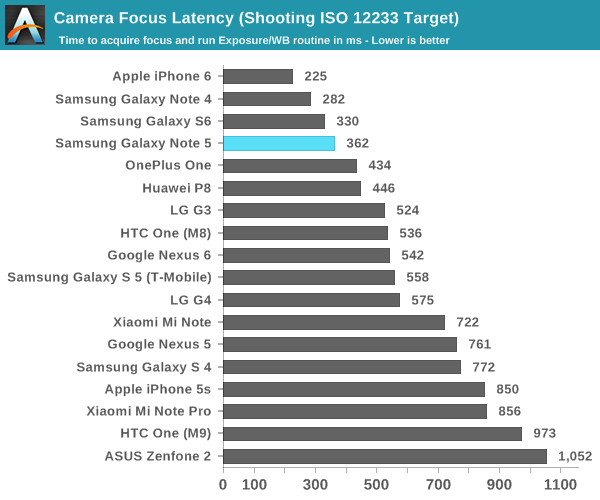
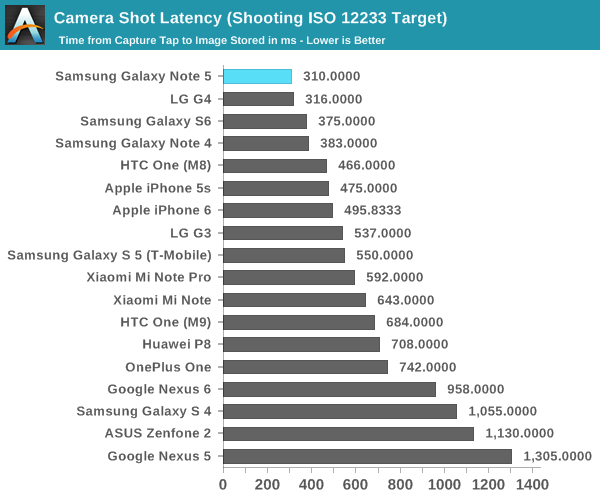
As you might expect, the Note5 basically performs identically to the Galaxy S6. There is a small difference in focus latency, but this is roughly a visible difference of maybe 4 frames and likely just a matter of variance. Capture latency is effectively identical as well.
Still Image Performance
Now that we’ve discussed the basic hardware choices made for the camera and the general user experience that comes with the Galaxy Note5 and Galaxy S6 edge+, we can start to talk about image quality. For those that are unfamiliar with our testing, we use a number of tests ranging from controlled lighting tests like the ISO chart for a pure test of resolution to some real-world testing that tends to provide a number of potential cases where the image processing or hardware isn’t quite up to scratch.
In our first ISO chart test, we continue to see that the camera is effectively able to resolve lines up to 2000 lines per picture height with relatively little distortion. However, the processing of this shot clearly shows haloing all around black lines, which is normally done to boost the perceived sharpness of the image but looks strange when zoomed in. Other than this, detail remains relatively high throughout the picture, with relatively low distortion and generally high contrast although there is some decrease in sharpness that is visible at the extreme edge of the frame. Oddly enough, it almost looks like the Galaxy Note5 slightly improves on detail when compared to the Galaxy S6, which is likely due to improvements in post-processing that have been made in the time since the launch of the Galaxy S6.
Overall, if you were impressed with the Galaxy S6's camera in daytime situations you'll probably be impressed with the Galaxy Note5 and Galaxy S6 edge+ as well. Colors are a bit more realistic and less heavily saturated, and fine detail appears to be preserved for the most part. The one complaint I have here is that the sharpening halos from post-processing are obvious at 100% along pretty much any object that meets with the sky in this kind of shot. It's worth mentioning here that attempting to process a similar photo in Lightroom gave the following results.
Once you start comparing the RAW photos, you can really see that the difference in detail is basically impossible to perceive. The differences are subtle at best, to the extent that I suspect Samsung's post-processing might be better if the aggressive sharpening halos were eliminated. In light of the differences we saw with the One M9 when comparing JPEG and RAW output, the fact that the Note5 and S6 edge+ have basically identical levels of detail to the processed RAW probably says something about just how good Samsung has gotten at post-processing in their cameras.
In HDR mode, Samsung continues to do quite well. Samsung has essentially been the best at implementing HDR properly for the past generation, and their lead continues here. The general absence of severe halos and motion artifacting is impressive. Even Apple is behind Samsung here as HDR isn't quite instantaneous with the iPhone 6 and 6s which means fast shots really have to be taken without HDR.
While we saw some subtle differences between the Galaxy S6 and the Galaxy Note5 in the day, it's in low light where we really see a massive difference. Even though the camera module is basically unchanged relative to the Galaxy S6, the change in low light photo processing is huge and is enough to tip the scales when it comes to Samsung's camera performance relative to the iPhone line. Relative to the iPhone 6 Plus, I think it's fair to say that in this scene the Galaxy Note5 offers more detail when you look at the tree leaves under the light post in the center of the scene and the speed limit sign. The one remaining advantage here is that the iPhone still has some impressive photo processing tricks to make the shutter speed appear to be much faster than it really is. If you look at the car on the road, the Note5 has a pretty significant blur on this fast-moving object while the iPhone 6 Plus is almost at the point where the car has relatively imperceptible motion blur. In the interest of science, I went ahead and tried processing a RAW of this scene in Lightroom.
When you look at the processed RAW, it's pretty obvious that the Note5's JPEG processing is much better at noise suppression than what Lightroom can put out, which is impressive to say the least. Samsung has actually managed to implement low light image processing that's good enough to beat the power a full x86 PC with a TDP somewhere in the 100+W range, to the extent that I would probably say it makes no sense to process RAW photos of low light shots. The one suggestion that might make sense is to slightly reduce contrast within the photo to improve shadow detail instead of aggressively crushing near-black colors to reduce perceived noise.
Overall, the Galaxy Note5 camera actually improves upon the Galaxy S6 in low light, to the extent that I think it's fair to say the Galaxy Note5 has a better camera than the iPhone 6 Plus, Whether this lead will hold with the iPhone 6s Plus is another question entirely, but I think this firmly places Samsung at the top of the Android pile again by virtue of their improved low light performance. Of course, to be sure of this we still have to revisit video performance, which is what we'll look at next.




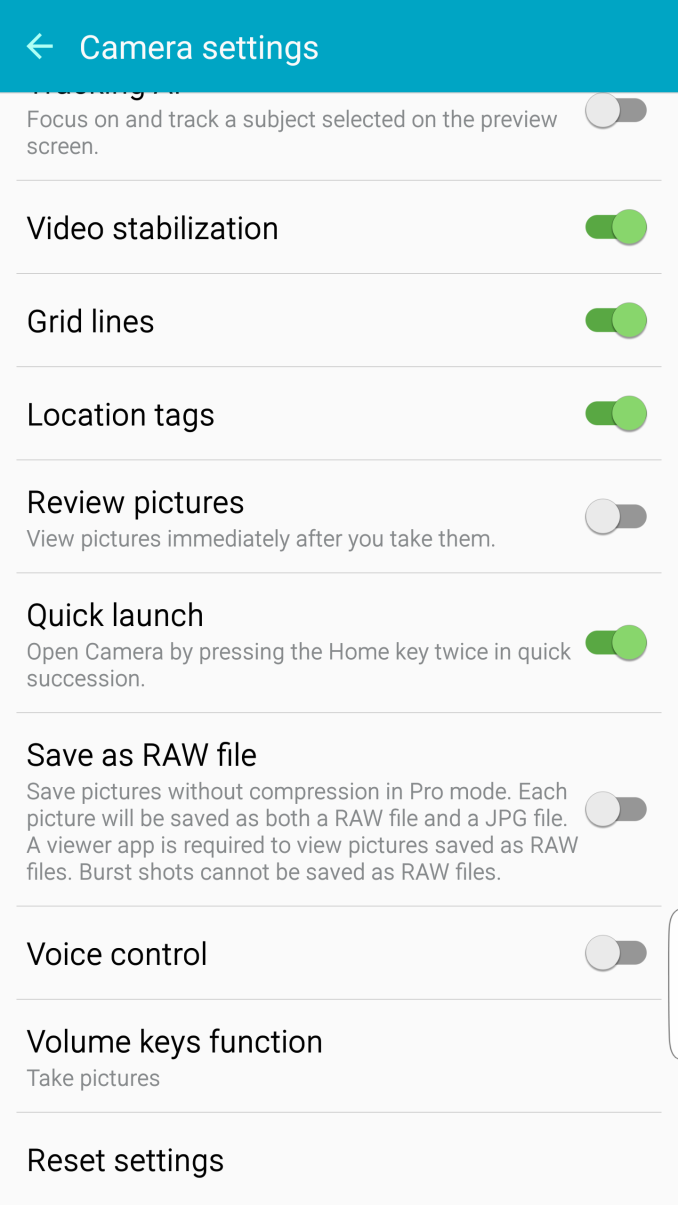
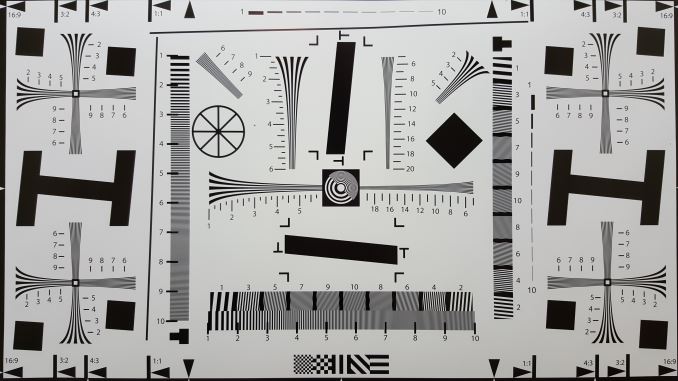






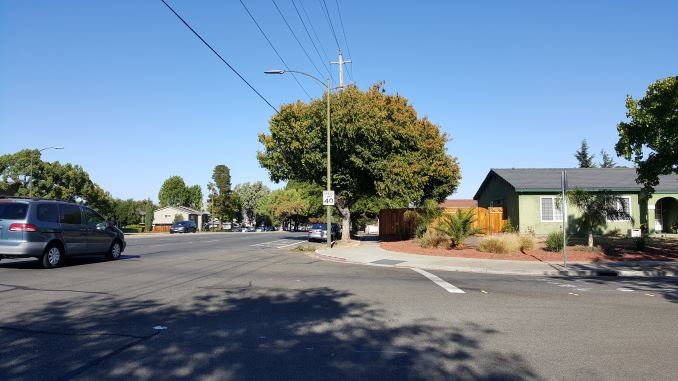






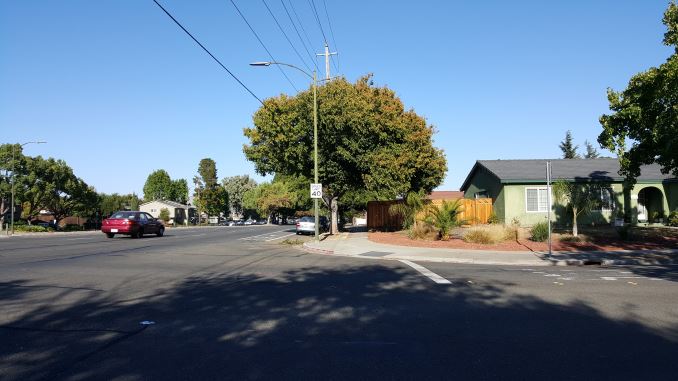
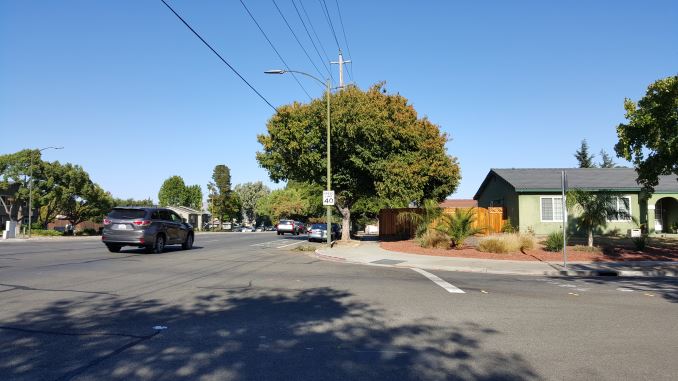


_thumb.jpg)



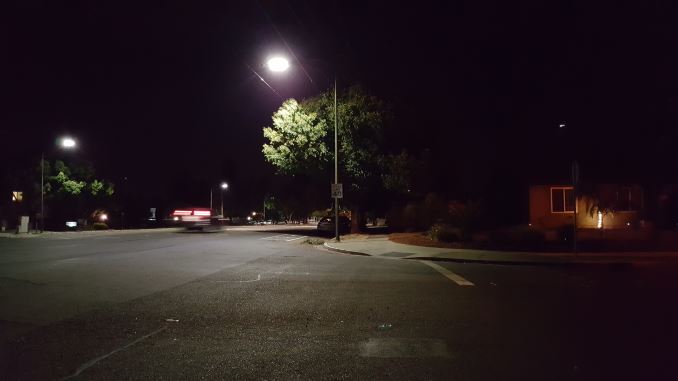















225 Comments
View All Comments
The0ne - Friday, October 2, 2015 - link
WTF, so you want him to voice on something that doesn't exist then? That's just stupid. I bet you use this argument all the time to feel good about yourself. lol. Be easier if you just tell him to not bother in your little fight at all. Makes much more sense.Sttm - Friday, October 2, 2015 - link
Go cry about your real world problems and leave the comments sections of a tech site to us! I'm sure there is a starving kid somewhere that can use your tiny violin services.The0ne - Friday, October 2, 2015 - link
He's not crying, he's laughing at you and the other people bitching about the two companies RATHER than enjoying the devices. You totally misunderstood and misinterpreted his comment. Tech sites needs smart people, please just leave. Take your fanboy arguments elsewhere.And thanks for sharing something a little about your selfish self, all from your stupidity.
melgross - Saturday, October 3, 2015 - link
Oh, shut up!kspirit - Saturday, October 3, 2015 - link
No. >:(generalako - Saturday, October 3, 2015 - link
A more recognized source is the industry standard DisplayMate. Take a look at their tests of the newest Samsung flagships. Ever since the S5, they have been leading in the mark, and ever since the Note 4, their displays have been "considerably better" than the best LCD display (iPhone 6) out there, on virtually every category (contrasts, black levels, efficiency, color accuracy, brigthness, performance in bright lights, viewing angles, sharpness, etc.)http://www.displaymate.com/Galaxy_Note5_ShootOut_1...
Anandtech's test is hard to take seriously when they can't even rate the true peak brigthness of the Samsung phones. They don't even mention that they have left it out of their test! When put on auto brigthness, the Note 4, S6 and Note 5 all get far higher brightness than on manual. The Note 5 can reach 861 cd/m2. That's 50% more than Anandtech claim.
Take a look at DisplayMate's review. They give a proper analysis of the display, which contradicts the Anandtech review on so many areas it's funny.
Peichen - Monday, October 5, 2015 - link
DisplayMate is a Samsung marketing partner. I wouldn't trust it consider them never mention the lackluster AMOLED sub pixel arrangement.MattL - Saturday, October 10, 2015 - link
What the hell are you talking about... first of all read the DisplayMate Samsung review again and search for "Diamond" where they outline the Diamond sub-pixel arrangement. They also have a completely separate article detailing this arrangement (including a zoomed in picture):http://www.displaymate.com/Diamond_29.html
Also in the review in their spec lists they list the sub-pixel count so you can fully compare resolution and sub-pixel counts... hell for their distance in which 20/20 vision can be resolved by the human eye they include stats for the different subpixel counts (which are different per color based on the Diamond arrangement).
How you missed all that I have no clue other than you didn't bother to actually read it.
Also on your first point, Displaymate has been a leader in screen calibration for a long time now... this is their specialty and not the speciality of Anandtech, hence why people take them far more seriously on that topic... it's also why it's a bit surprising Anandtech keeps coming up with different (and less detailed) results, especially when Anandtech doesn't include important values and analysis)... You should really know what you're talking about before you make such a bold response.
Also Displaymate rates the iPhone screens *very* well, just not as a good as Samsung for the past couple generations. You do realize of course that Apple sources their screen manufacturing from a variety of companies... including Samsung, so it makes complete sense that Samsung is doing better when they finally decided to put the resources into it.
Kamus - Sunday, October 4, 2015 - link
On par? You do realize that a Delta below 3 is very much unnoticeable when it comes to gamut and grayscale calibration right?This means that even the galaxy note 4 display smokes any iPhone display to date, because EVERY LCD that has ever been made has downright comical contrast ratio. And OLED on the other hand has the end game in contrast, as in, its perfect.
The only reason this isn't more obvious is because most of the content viewed in smartphones is bright and viewed in very bright environments. Which sort of gives LCDs a free pass since its contrast ratio deficit isn't as obvious as in those situations.
You should know that videophilies spend thousands of dollars on displays that offer even slightly better contrast ratios. And here we have a situation where we go from terrible contrast, to perfect. Watch any sort of dark content on both displays at the same time in a light controled environment and you'll immediately see how these Samsung displays are simply in a whole different league.
Then there's is also the fact that the color gamut is also much wider on OLED, so if the day ever came that we finally decide to stop using the obsolete sRGB standard, OLED would also have an advantage there. (Somethg that had been ironically seen as a disadvantage before they started shiphing phones with color profiles, because the gamut is so wide it results in over saturated colors if a profile isn't is used for sRGB)
I also have to question the brightness results that anandtech got from their unit. Displaymate stated that this is the brightest smartphone display they have ever tested, they get over 800 Nits on their unit. Making it by far the best display you can use under the sun.
To meet it seems obvious that LCD has been surprised in most meaningful metrics, and its only going to get worse for LCD as OLED continues to evolve. LCD has never been good enough, but as it matured it got to a point where it became really good in a lot of ways compared to CRTs (never in contrast or switching times)
TL;DR: these Samsung displays are the benchmark every other display has to be compared to.
thedons1983 - Sunday, October 18, 2015 - link
Yeah, but it's made by Apple, and is pretty much exclusively sold, therefore, to sheep, whom generally have no idea what they are talking about. I'd rather not have a smartphone at all, than one of those ugly ass iphones. But then, that's probably because I actually have taste, and don't just buy whatever hipster rubbish is currently en vogue.